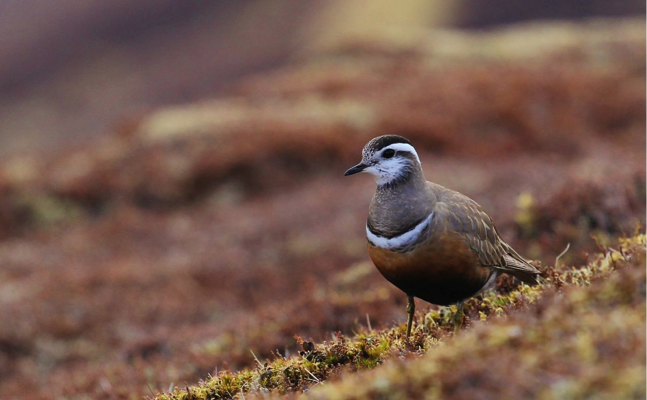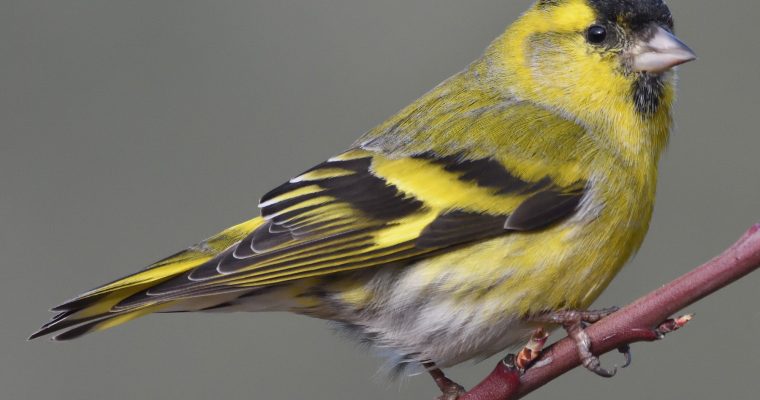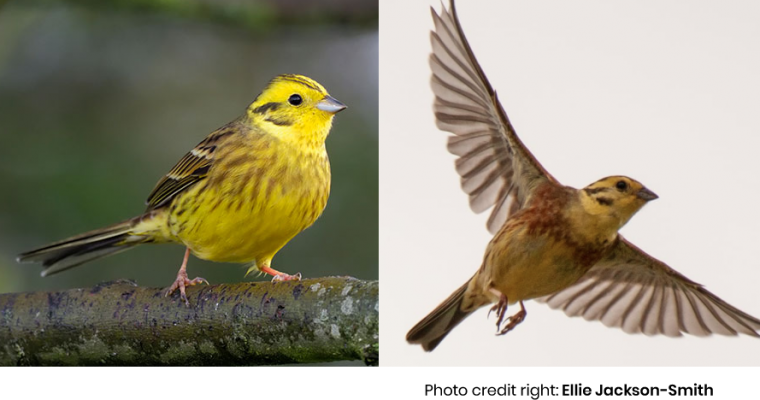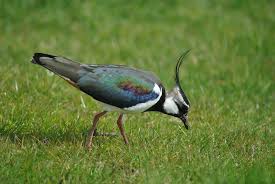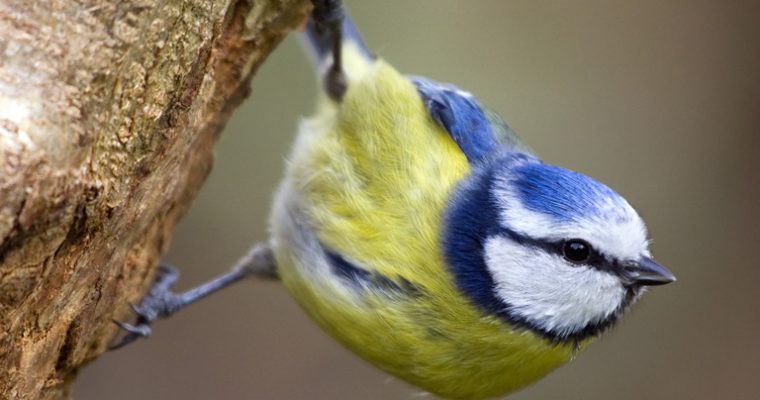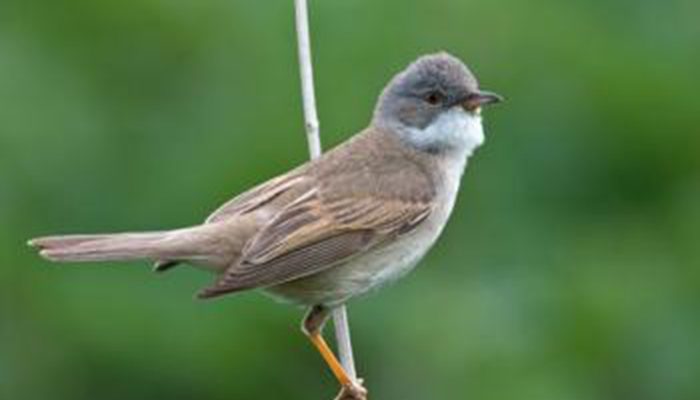Dotterel, a small plover, and a word in Britain used to describe a person easily deceived; why?
As a small wader and member of the plover family of birds, the dotterel is known for its friendly, sweet and trusting behavior towards humans. Consequently, it was hunted for sport, was easily caught, eaten by royalty as a delicacy during English Tudor times, and …
